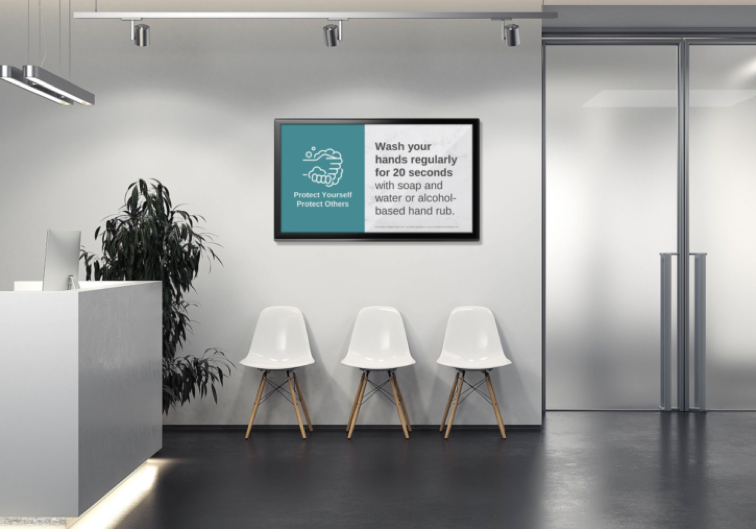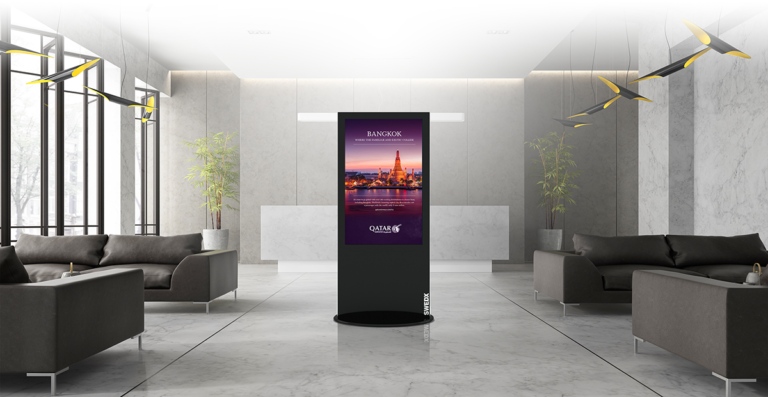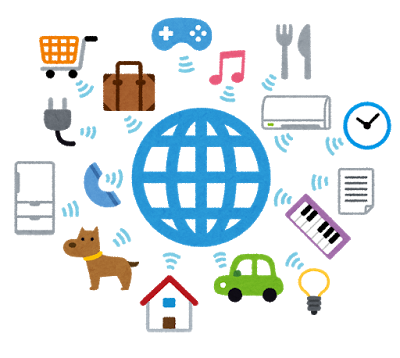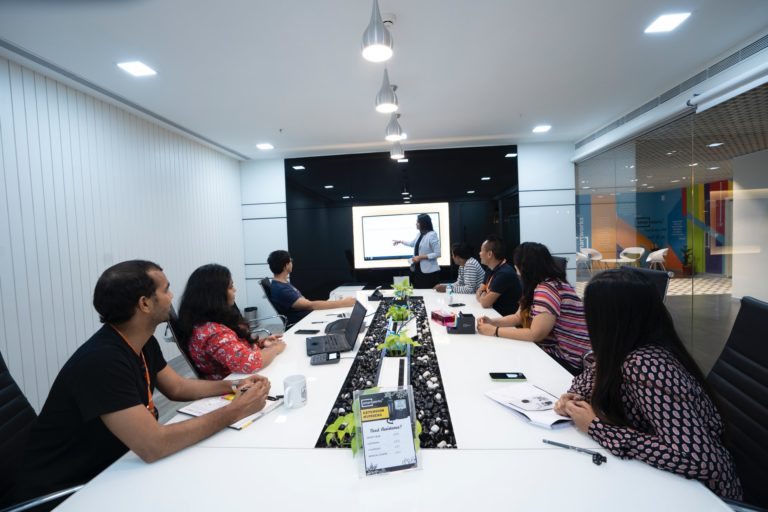Digital Signage Post Covid-19
Over the last decade, we have become accustomed to a digital world. Consumers own multiple devices with powerful technology that allow visual communications over a range of channels. With all these screens, there are plenty of opportunities for marketers to engage with their customers, through unique, attention grabbing strategies. If we look at the success of video app TikTok at the start of 2020, it is clear that people demand creative and modern visual content. The 15-second or less video creation App had the best quarter downloads of any App at the start of 2020.
Digital signage takes advantage of the market desire for visual communications. Just like our favourite Apps, digital signage can help brands push images and video content to digital display screens. They tend to be seen in locations with a high footfall or within office environments. With digital signage content being controlled remotely via a media player or system-on-a-chip, users can instantly change displays via the cloud. Upcoming enhancements like 5G connectivity will allow for even smarter visuals that could operate in almost real-time at exceptional quality.
Who uses digital signage?
There are plenty of examples of how brands are using digital signage to their advantage. Below are three of our favourite cases where the technology has created a unique “wow factor.”
British Airways (BA)
BA launched their #lookup campaign back in 2013. They used digital signage to connect live flight information to a child pointing up at a plane in the sky. It was able to show the destination and flight number of the plane showing the connectivity capability of digital signage.
Dubai Aquarium
The Dubai Aquarium is home to the world’s largest video wall (as you might expect from Dubai). It promotes the aquarium and underwater zoo in perhaps the most innovative way of any attraction.
Pepsi Max
In 2014, Pepsi Max created a digital signage bus stop combined with augmented reality (AR) to create something quite phenomenal. A clear piece of glass was made into an event using cameras and the latest technology.
Whilst digital signage has mainly been a tool used by retailers since the start of the Covid-19 pandemic, we are seeing the technology move into more industries. In Madrid, we even saw digital signage used to present Covid-19 in an apocalyptic Black Mirror style.
Digital Signage during the Covid-19 Pandemic
The Madrid example is not the only way in which digital signage has boomed during the 2020 pandemic.
During the first half of 2020, any services and facilities that have been able to remain open have had the opportunity of using digital signage to their advantage. One of the key facilities that has used digital signage for information is hospitals. The technology has played a huge role in disseminating health and safety advice e.g. hand washing and wearing masks. Furthermore, it has been vital in helping visitors find where they need to go if experiencing Covid-19 symptoms, keeping others as safe as possible.
The deployment of digital signage has reduced the need for asking others for directions, thus improving social distancing in healthcare facilities.
Source: Carousel Digital Signage
In retail, businesses are using digital signage for building efficient queue management systems. For example Wavetec integrate digital signage with a ticketing App to display the current queue status, such as wait times or how many people are currently in the store. This is incredibly helpful in promoting social distancing during Covid-19. See the examples below from Ombori as to how this type of system could work with QR codes

Beyond the health and safety benefits, brands will know when customers are in the store and send relevant discounts, making the digital signage a fully endorsed part of marketing strategy.
Beyond Covid-19
During the pandemic, the world has seen the benefits of digital signage. Going into the future, the technology and marketing will most definitely form part of the “new normal.” Covid-19 has presented a need for touchless and contactless forms of marketing and customer engagement. Displays at kiosks and check-in centres will enable contactless interactions to keep everybody safe.
Customers are looking for reassurance more than ever. Brands and stores that show they can be trusted are going to be increasingly likely to win business. This could be digital signage showing the business offers home delivery or simply reminding store visitors to use hand sanitizer or wear a mask. A survey by Merkle showed that 30% of people have considered supporting a business because they offer special services during the coronavirus pandemic, with women being 35% more likely to do so.
Digital signs are 400% more likely to be seen than digital signs, making them the perfect platform for sharing important messages. Right now, the best use cases still lie in health and safety but going forwards, brands can easily translate this into marketing messages and useful customer or employee information.
Remote working
Better still, digital signage can be controlled remotely from just about any device. If important news comes in whilst you are on the go, it can instantly be pushed out to the digital signs via mobile of another Internet of Things (IoT) device. With the likelihood of businesses promoting remote working going forwards, digital signage could prove to be a must have marketing tool.
Better Marketing
Traditional marketing methods like print and email are expensive. Also, you there is no guarantee that customers will read the messages. Digital signage can be distributed to many people, live to several locations simultaneously. Whilst the marketing might not be quite as targeted, the traffic or footfall could be huge with instantly changeable content.
Businesses are changing
There is an immediate need for businesses to adapt to the new reality of Covid-19. Digital signage allows them to do so with informative and engaging contactless content. Customers can be oriented efficiently with social distancing in mind whilst brands and businesses are fulfilling their corporate social responsibility obligations. With one-way shopping aisles, plastic/glass barriers, restrictions on small spaces and barriers to travel, businesses should take ownership and educate their customers. There is a lot they customers to learn and in order to succeed, digital signage to connect live content is a great way of doing just that.
Copyright © Andrea Porcina





